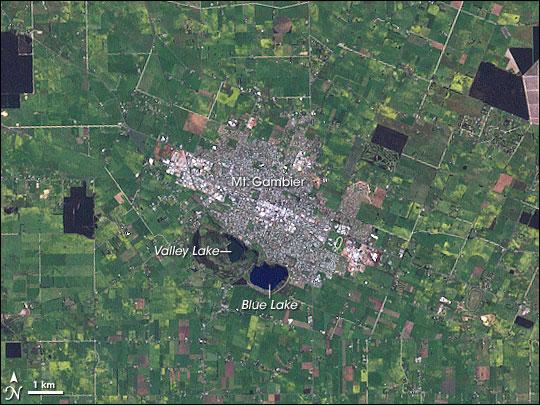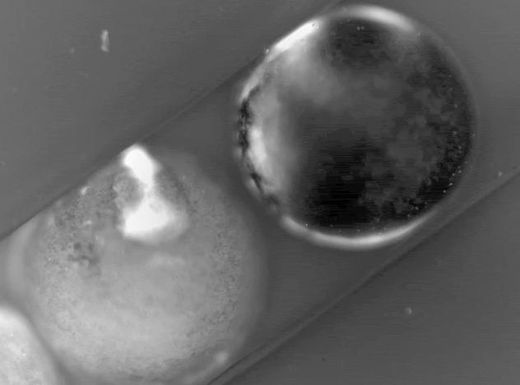How did the bottom of Lake Huron get riddled with sinkholes that time forgot? Find out, and see a video of life that hasn't existed for billions of years.
The sinkholes at the bottom of the lake are pockets of de-oxygenated water that have pooled beneath the fresh waters above. So all the creatures who live in the sinkholes might have evolved at a time on Earth when no oxygen was available. In a recent Earth magazine article about the ongoing exploration of these sinkholes, first discovered a little over a decade ago, Lindsey Doermann writes:
These pockets of water teem with microbial life similar to that found around deep ocean hydrothermal vents or beneath ice-covered Antarctic lakes, not the kinds of microorganisms normally found in our own backyards . . . Before long, the true importance of these oddities became apparent: "These ecosystems in Lake Huron are analogs of the Proterozoic," says Bopi Biddanda, a microbial ecologist at Grand Valley State University in Michigan and one of the leaders of the sinkhole science team. "They could be windows into communities that existed 3 billion years ago."












